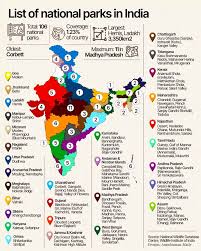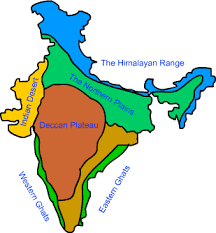
Different IUCN categories of Protected areas
The International Union for Conservation of Nature (IUCN), through its World Commission on Protected Areas, has put forward Six Protected Area Management Categories. The categories are as follows:
- Category I a– Strict Nature Reserve: Protected areas managed mainly for science and receives the least human intervention. E.g. Urwald Rothwald in Austria
- Category I b – Wilderness Area: Wilderness protection. E.g. wilderness areas in the Sami native region in Finland
- Category II – National Park: ecosystem protection and recreation
- Category III – Natural Monument or Feature: Conservation of specific natural features. E.g. cliffs, caves, forest groves. E.g. Cono de Arita in Argentina.
- Category IV – Habitat/Species Management Area: Conservation of specific species that require protection.
- Category V – Protected Landscape/Seascape: Conservation of entire area. It permits the surrounding community to interact. Example: Great Barrier Reef in Australia.
- Category VI – Protected Area with sustainable use of natural resources: Conservation of ecosystem and habitats together with associated cultural values and traditional natural resource management systems.
International Conventions/Conferences on the conservation of Protected Areas in India
- Ramsar Convention on Wetlands (1971)- It emphasizes the conservation and wise use of wetlands which are included in those designated as protected areas in India.
- Convention on Biological Diversity (CBD) – Aichi Targets (2010)- It put emphasis on the conservation of biodiversity, including protected areas in India, with a set of strategic goals known as the Aichi Targets.
o Aichi Target 11 specifically addresses protected areas, aiming to increase their coverage and improve their effectiveness. Coverage of protected areas of India is far below than the Aichi Target.
- World Heritage Convention (1972)- It identifies and protects cultural and natural heritage sites of outstanding universal value, some of which are designated as protected areas in India. It is administered by UNESCO.
- Convention on Migratory Species (CMS) – Bonn Convention (1979)– Focuses on the conservation of migratory species, some of which depend on protected areas during their life cycles. Encourages the establishment of protected areas critical for the conservation of migratory species.
- United Nations Framework Convention on Climate Change (UNFCCC)– Addresses climate change, recognizing the role of protected areas in India in climate adaptation and mitigation. Supports the conservation and sustainable management of forests, which often include protected areas.
- Convention Concerning the Protection of the World Cultural and Natural Heritage (1972)- Safeguards cultural and natural heritage sites, some of which may be designated as protected areas in India. Establishes the World Heritage Committee to oversee the implementation of the convention.
- Convention on International Trade in Endangered Species of Wild Fauna and Flora (CITES) (1973)– Regulates international trade in endangered species and protects their habitats, including those within protected areas. Controls the international trade of species.
- United Nations Declaration on the Rights of Indigenous Peoples (UNDRIP) (2007)- Recognizes the rights of people who live around protected areas. Emphasizes the importance of obtaining the free, prior, and informed consent of indigenous communities regarding activities affecting their lands.
- World Commission on Protected Areas (WCPA)- It aims to develop and provide scientific and technical advice and policy that promotes a representative, effectively managed and equitably governed global system of protected areas.




